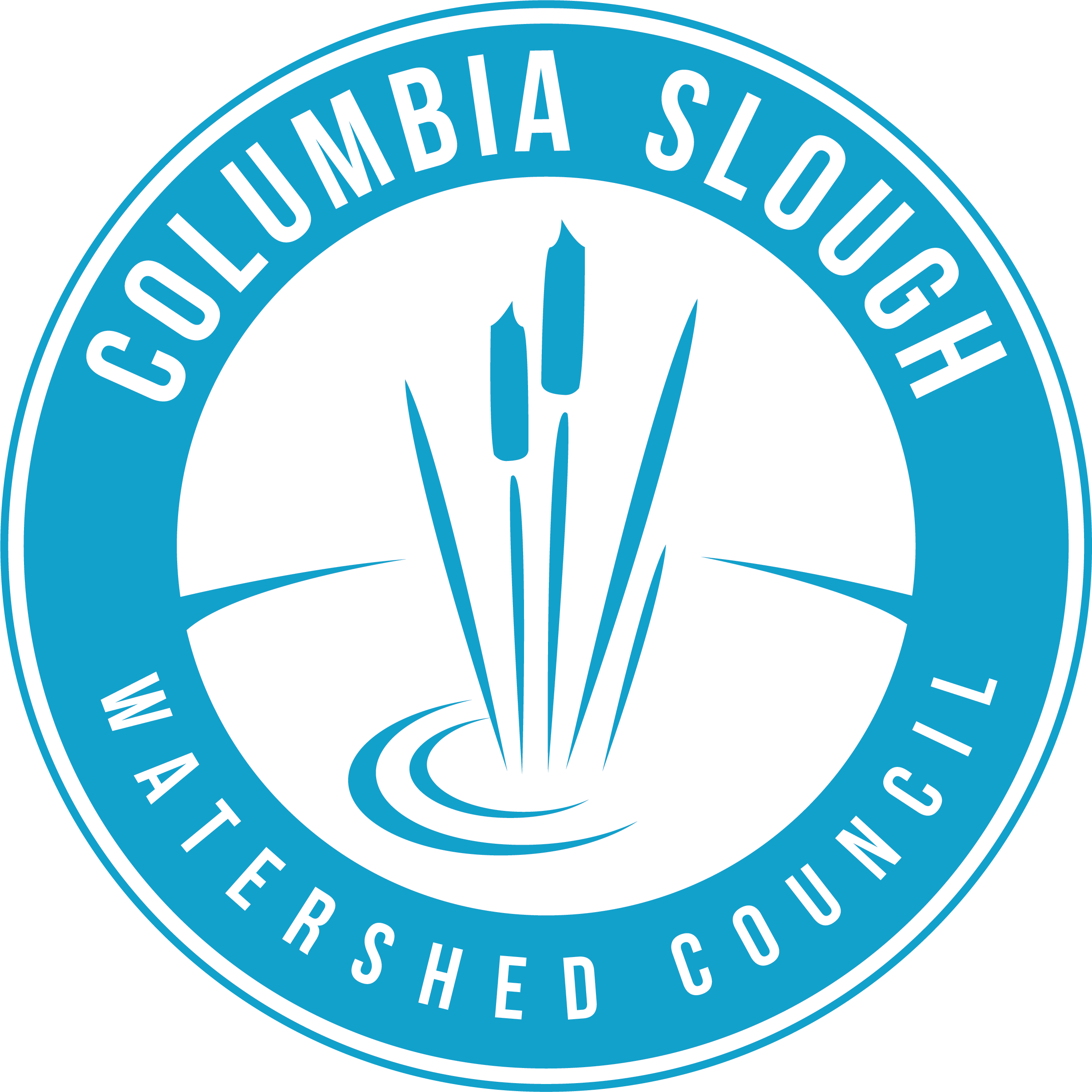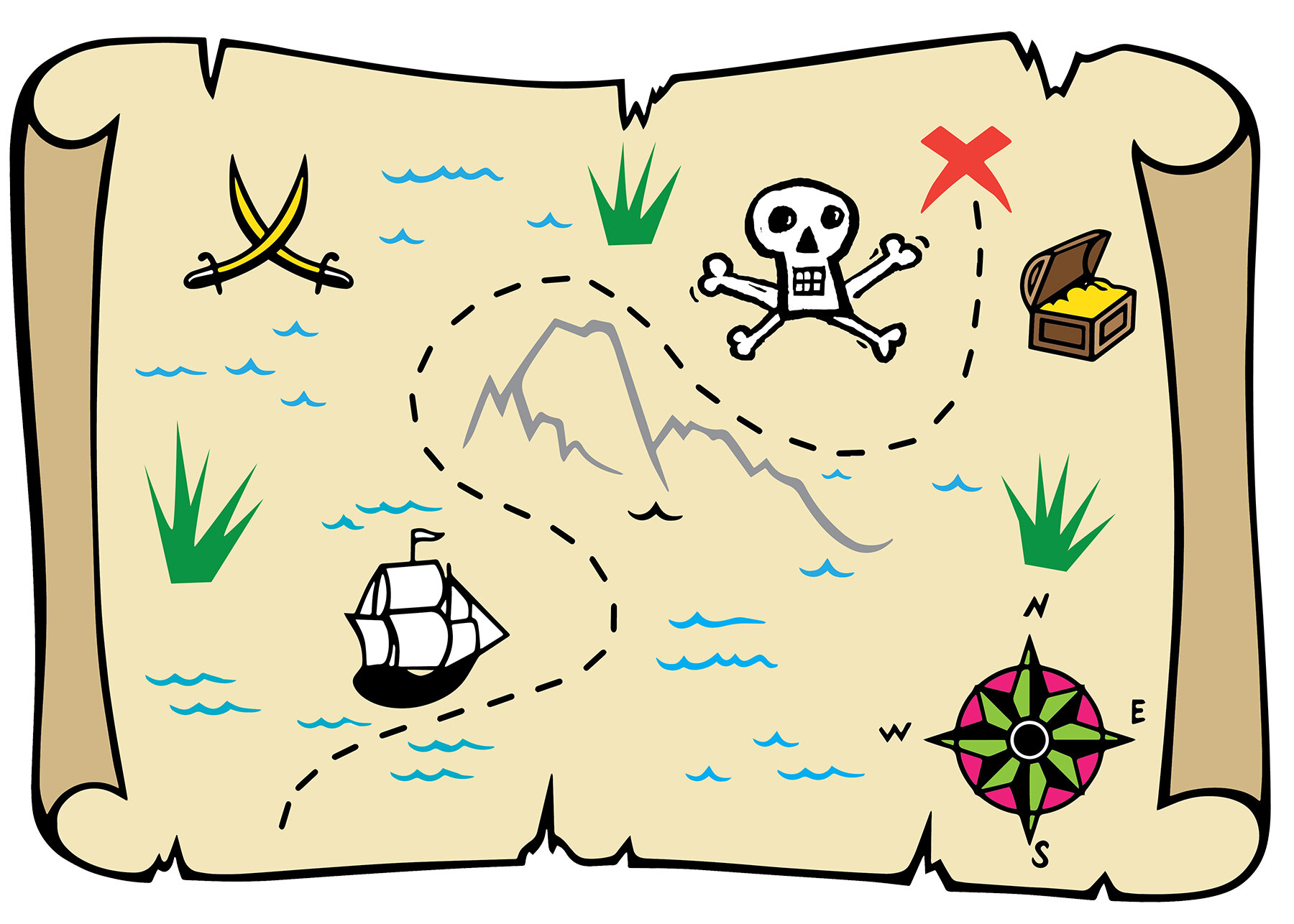PIRATE DICTIONARY
Want to learn how to talk like a pirate? Here are a few terms you’ll find on the Aquifer Adventure!
* Walk the plank - a punishment, probably more myth than truth, which entails making someone walk off the side of the ship along a plank.
* Swabbing the deck - wash the floors
* Mutiny - a situation in which the crew chooses a new captain, sometimes forcibly removing the old one
* Lassies - ladies
* Lads - gentlemen
* Sea legs - when a pirate can walk comfortably on a moving ship
* Batten down the hatches - a signal to prepare the ship for an upcoming storm
* Abaft - or aft - toward the back of the boat
* Orlop - the lowest deck
* Poop Deck - deck that is the highest and farthest back
* Avast ye! - stop and pay attention!
* Landlubbers! people who are uncomfortable, or not incredibly skilled, at sea
* Briney deep - the ocean
* Hornswagglin’ - to cheat, swindle
* Clipper - fast-moving boat or ship
* Galley - flat ship propelled manually by oars
* Booty - treasure or loot
Sources: PirateVoyages.com, YourDictionary.com

























